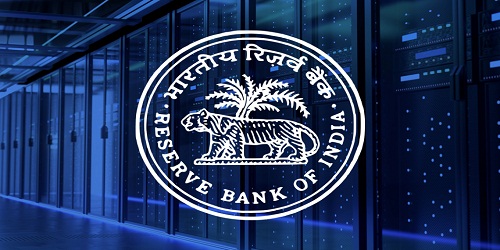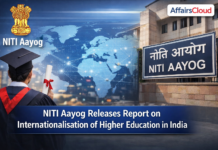The panel headed by Harsh Vardhan, senior advisor, Bain and Co., for the development of housing finance securitisation market has submitted its report to the governor of the Reserve Bank of India (RBI) Shaktikanta Das.
Key Points:
i. Background: The six-member committee was set up by RBI on May 29, 2019.
ii. Creation of Intermediary: The panel suggested that the National Housing Bank (NHB) should create an intermediary for standard-setting and market-making for the instruments. Intermediary could operate either directly through the NHB, the Indian Mortgage Guarantee Corporation (IMGC), or the RBI could set up a new organisation.
iii. Ownership in the intermediary: The new entity would have 51% ownership by the government through the NHB initially. The government ownership in the entity would then be gradually reduced to 26% over a period of 5 years. The remaining capital of 49% may be initially raised from multilateral agencies. It will start with Rs 500 crore of initial capital and it would be allowed to invest in each pool it securitizes to the extent of 5% of the pool, or 5% of its own capital base, whichever is lower.
iv. Need for securitisation: Securitisation is needed to widen the pool of resources available to Housing Finance Companies (HFCs). Except for the top 5 HFCs, which account for over 85% of the loans, the remaining HFCs are dependent on bank loans and refinancing from the NHB. There are at least 90 HFCs registered with NHB.
v. Need of HFCs: India will need anywhere between 80 million and 100 million additional housing units by 2022. The building costs will be Rs 100 trillion to Rs 115 trillion.
vi. PTCs: It suggests pass-through certificates (PTCs)- a form of securitisation where pooled assets are sold to a special purpose vehicle which issues securities against those assets. But in India, most of the securitisation happens under direct assignment (DA) route, which is actually a form of loan sell-down. PTC is just a quarter of the total volume of the securitisation market. Therefore, there should be a balance between the DA and PTC forms of securitisation, so that the interests of small players are protected.
vii. Listing: PTCs issued in mortgaged-backed securitisation should be mandatorily listed if the securitisation pool is larger than Rs 500 crore.
viii. Loan origination standards: NHB should undertake efforts to establish the loan origination standards, at least for affordable housing loans, on a priority basis and set up the infrastructure for obtaining and disseminating pool performance data for all securitisation transactions.
ix. Remedy for lack of standardisation: The best option to drive lack of standardisation in the near- to medium-term would be a credible intermediary that can not only evolve these standards with industry inputs but also commit capital to securities that adhere to these standards.
x. Exemption: The central government should exempt mortgage-backed securitisation from stamp duty as has been done in the case of asset reconstruction companies (ARCs).
xi. Standardised stamp duty: The government could also consider standardised stamp duty on assignment of mortgage pools and cap them at a reasonable level across all states.
xii. Digital registry: In order to ensure that public records are maintained for such exempt transactions, a requirement to register such transactions through a digital registry such as the Central Registry for Securitisation Assets Reconstruction and Security Interest (CERSAI) with a nominal registration fee can be considered.
xiii. Linking home loans pricing to an external benchmark: The committee has recommended that home loans pricing should be linked to an external, objectively observable benchmark such as the repo rate.
xiv. Comments: The RBI has invited comments from the stakeholders by September 13, 2019.
About RBI:
♦ Headquarters: Mumbai
♦ Founded: 1 April 1935, Kolkata





